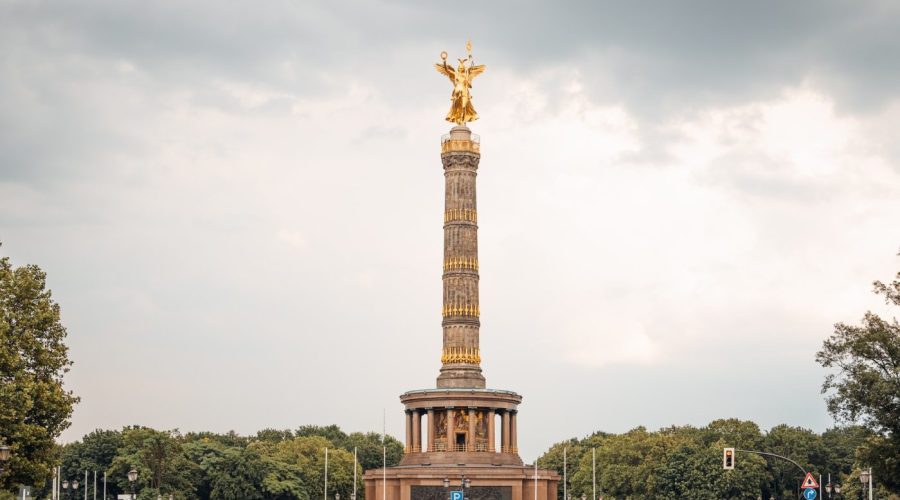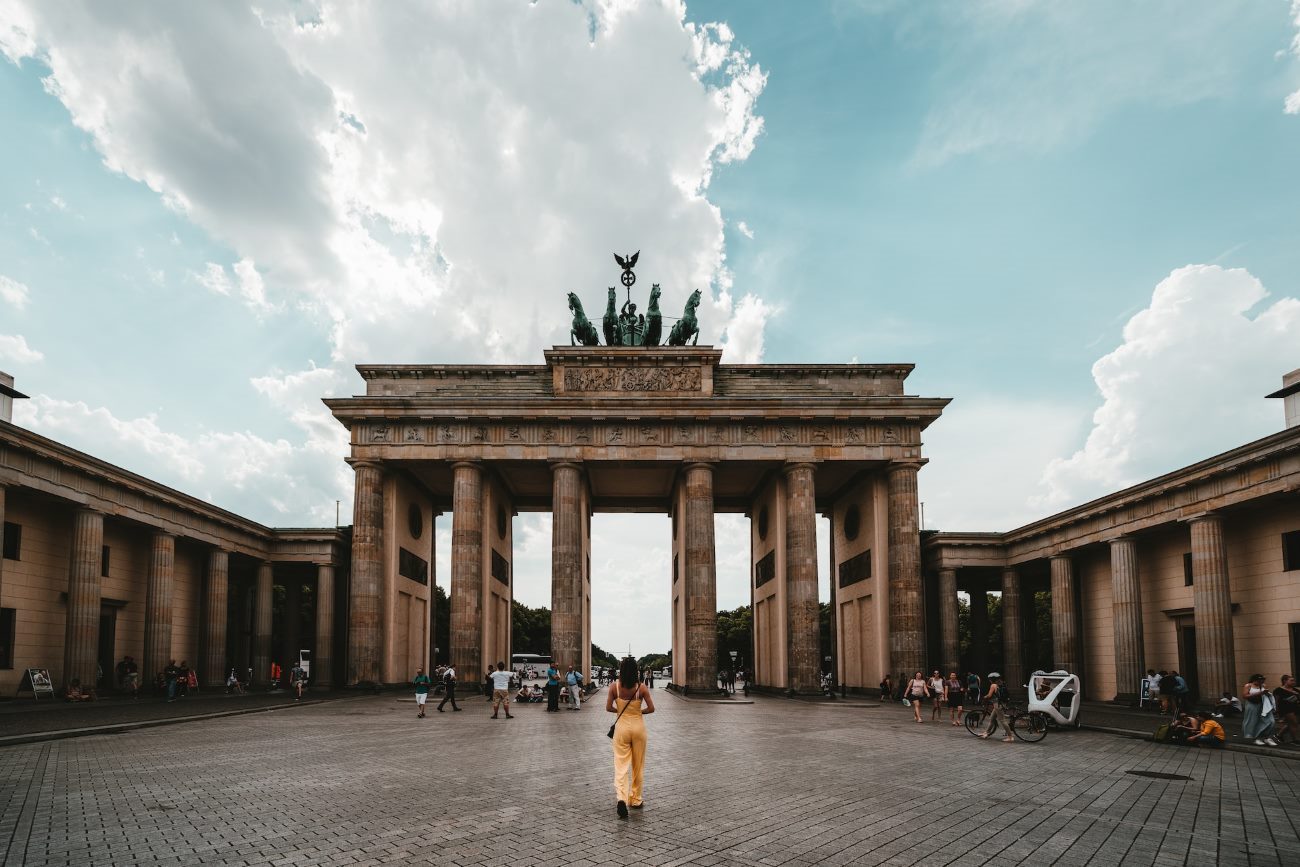What are some fascinating spy sites to explore on a walking tour of Berlin’s Cold War?
History enthusiasts should definitely join Berlin’s walking tour of spy sites during the Cold War period. The tour allows visitors to step into the heart of a city divided by taking them through period when espionage operations were commonplace. Berlin offers visitors several significant spy locations that include both listening posts hidden underground and secret passageways.
1. Checkpoint Charlie
The most noticeable border checkpoint between East and West Berlin during the Cold War is where you should begin your walking tour at Checkpoint Charlie. The historic location received frequent confrontations between Soviet and American military personnel. Checkpoint Charlie Museum serves as a historical site which provides visitors information about Berlin Wall history alongside the various spy efforts that crossed the border in shadowy ways.
2. Stasi Museum
The Stasi Museum displays East Germany’s secret police Stasi world to its visitors. You can see how the Stasi organization monitored its population through various techniques at this institution which was previously used by the Stasi as their headquarters. The museum presents evidence from surveillance equipment alongside personal tales and artifacts which demonstrate how extensive the operations of the Stasi were.
3. Teufelsberg
Teufelsberg stands as an artificial hill whose construction originated from World War 2 rubble when American intelligence agencies ran their listening post there. Ascend the hill to examine the deserted radar domes which former Soviet communication intercepts were monitored from. An exceptional bonus accompanies the panoramic view of Berlin which can be seen from the observatory’s highest point.
4. Berlin Wall Memorial
A trip to Berlin requires experiencing the Berlin Wall Memorial as a necessary destination. Visitors can explore at this exhibition space as it demonstrates historical information about the wall in addition to accounts of people attempting East to West passes. The preserved fragments of wall give visitors a chance to explore while the watchtower and surrounding history illuminate the city’s division history.
5. Spy Bridge Glienicke
During the Cold War era several spy operations occurred through the central Glienicke Bridge known as the Spy Bridge. This bridge operated as a key transport point for East-West spy exchanges since it linked Potsdam with Berlin. Walk across the bridge imagining the intense negotiations which occurred between spies during that time.
6. Karl-Marx-Allee
Visitors should not skip Karl-Marx-Allee when exploring Berlin because it represents a historical boulevard made by the German Democratic Republic (GDR). This expansive street demonstrated socialist regime power while simultaneously attracting numerous East German as well as Soviet spy operations. You should appreciate the impressive architecture but maintain observation for surveillance installations that hide among the structures.
7. Bunkers of Berlin
Berlin includes numerous subterranean bunkers which served their purpose during the time of the Cold War. The command centers installed in these bunkers also provided secure protection from nuclear attacks. See the reconstructed bunker at Berliner Unterwelten Museum to understand the defense strategies used to protect the population during this dangerous period.
Conclusion
Visiting the Berlin Cold War spy sites by foot creates an exceptional experience which lets you experience the profound historical elements of this captivating period. Every venue among these locations reveals the existence of covert activities and concealed operations throughout history. Walkers should explore Berlin’s spy-infested past by wearing comfortable footwear and carrying directions.
Table of Contents



